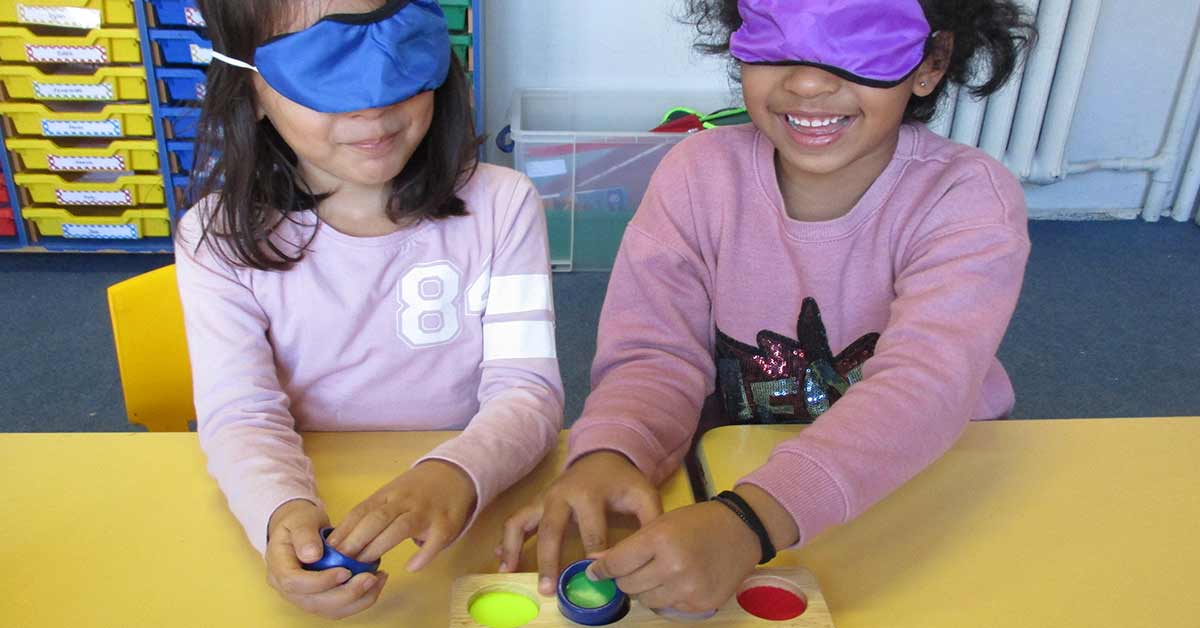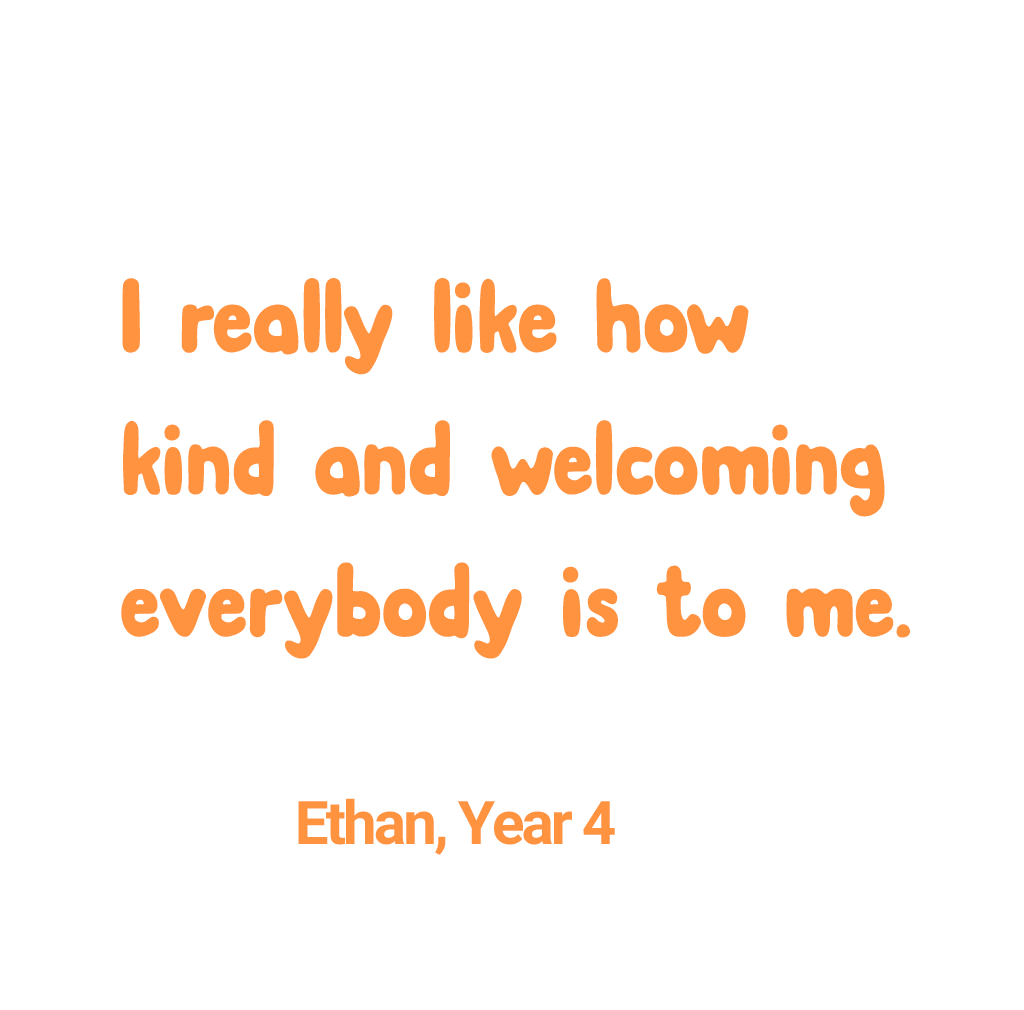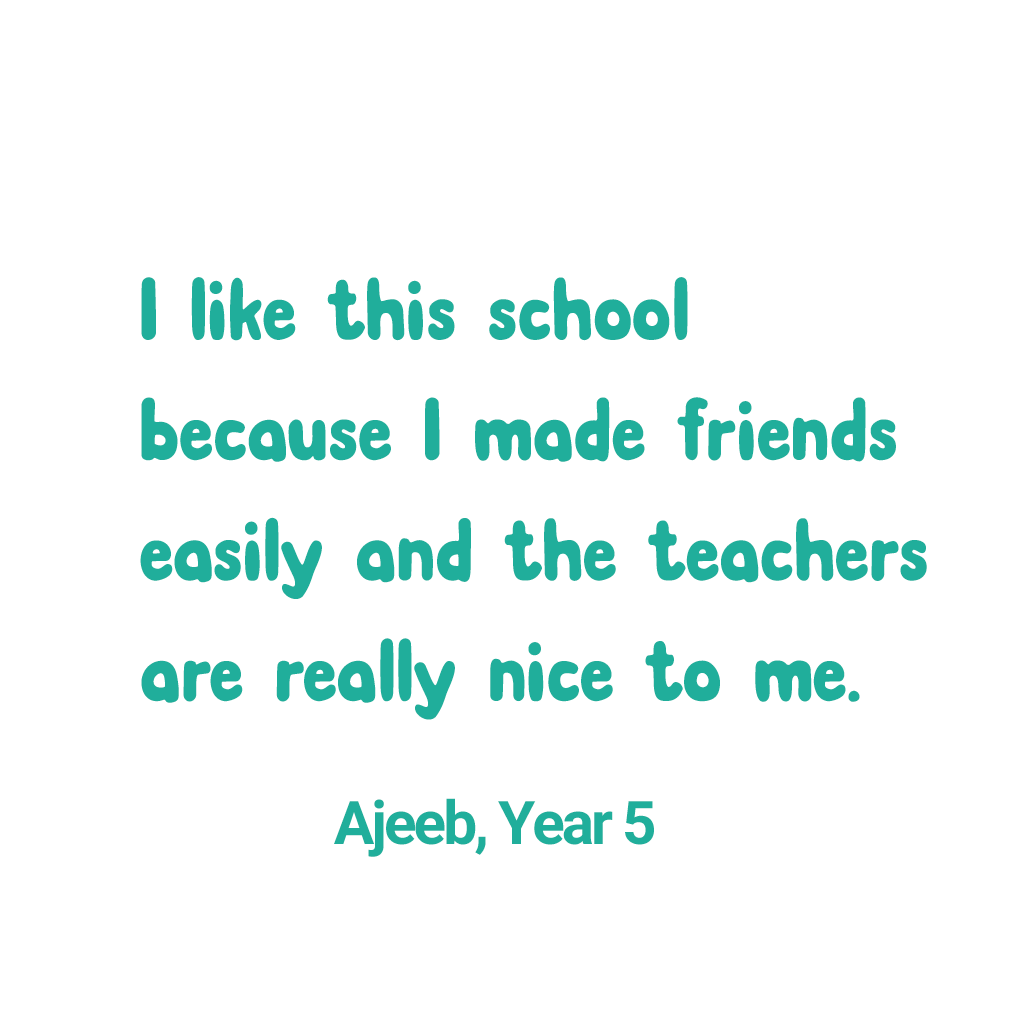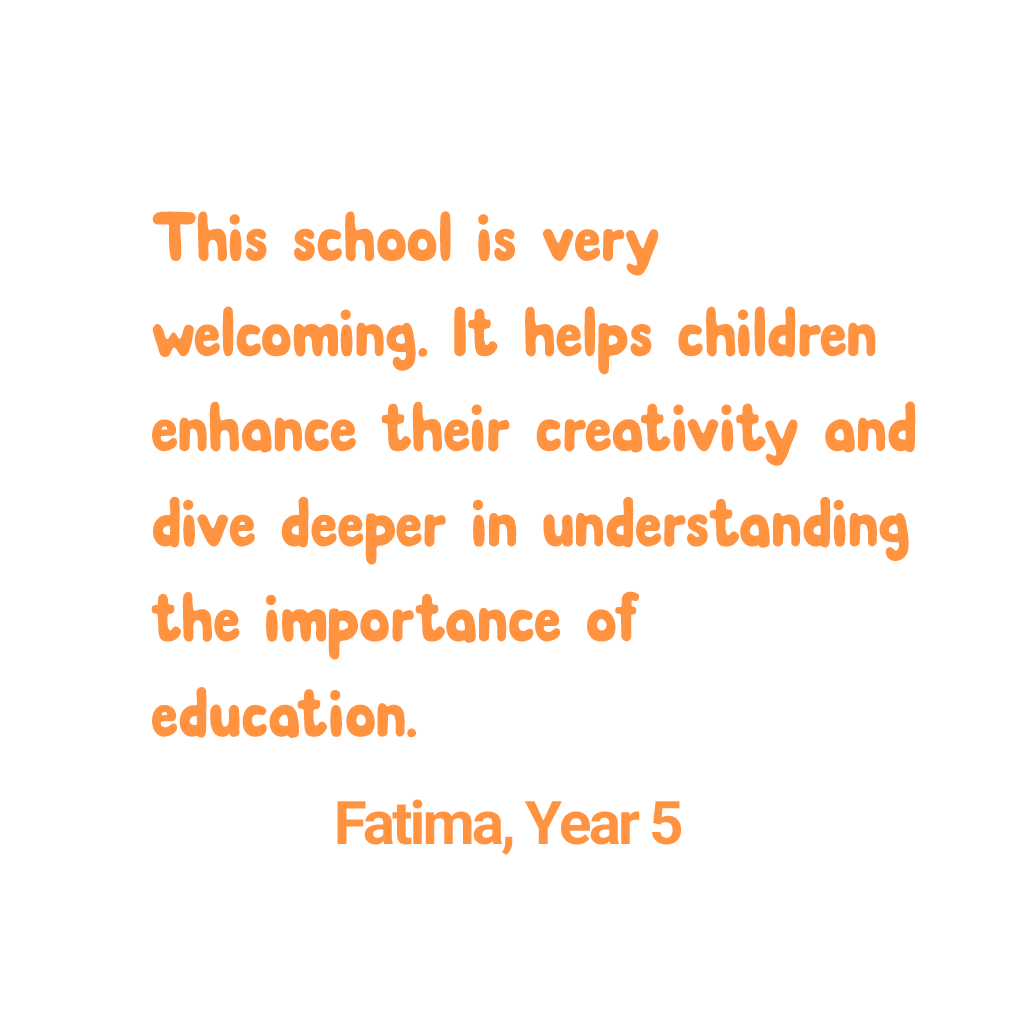
English
In English in the first half of the Autumn Term, the children start the year with some biographical writing, where they can write about themselves, their homes and their families with a focus on using capital letters for names and places.
They will then retell the traditional tale of The Three Little Pigs and have some fun with role play. Children will then be exposed to some non-fiction writing where they will write some information texts on different London landmarks.
When we begin to learn about the United Kingdom, the children will write postcards from Wales, Scotland and Northern Ireland. Finally, children will learn about the history of The Gunpowder Plot and write letters and a wanted poster.
In the second half of the Autumn Term the children will read the brilliant book ‘The Runaway Train’ and retell the story using a range of conjunctions to join their sentences.
They will then learn about how buses have changed over the last century and write information texts on the Omnibus, B-Type bus, Route master and ‘Boris Bus’. Children will learn about the importance of Bessie Coleman and write a newspaper report on her achievements. As well as this, children will write some beautiful verb poems about each of the four seasons.
In the first half of the Spring Term the children will study the classic children’s book ‘Funnybones.’ As well as retelling this story, they will also experiment with new vocabulary to add description to their writing. The children will then write information texts on different parts of the human body including our skin, skeleton and organs.
When writing instructions on how to brush your teeth and how to wash your hands, the children will use adverbs and time connectives. They will also read the book ‘What Makes Me Me?’ and use this as a stimulus to write their own poems about their favourite body part.
In the second half of the Spring Term they will be reading and responding to the popular children’s book ‘Harry and His Bucketful of Dinosaurs.’ The children will then be writing information texts on different types of dinosaurs.
We will then read the book ‘If I had a Dinosaur’ and use this as inspiration to write our own persuasive letters. They will create some lovely poems with repetition, taking inspiration from the fabulous ‘Stomp, Dinosaur Stomp!’
In the first half of the Summer Term, the children study the text ‘The Lighthouse Keeper’s Lunch.’ Here they will use some adjectives to write setting descriptions and diary entries. The children will also learn about how holidays have changed over the time and write a postcard from a Victorian summer holiday and a modern seaside holiday.
We will also read the book ‘The Storm Whale’ and retell the story in our own words. The children will then create some great posters on how to stay safe in the sun.
In the second half of the Summer Term the children will read the traditional fairy-tale ‘Jack and the Beanstalk’ and write diary entries as Jack. The children will also write instructions on how to plant a seed and how to care for a plant. They will then read the story ‘The Enormous Turnip’ and have lots of fun by adapting this traditional tale to write their own story.
For the Grammar, Punctuation and Spelling content covered in Year 1, please click on the English link for more details.
In the Summer Term, children will begin by learning the basic principles of multiplication and division. They will revise counting in 2s, 5s and 10s through lots of engaging games. They will then make equal groups and use repeated addition to add equal groups.
This is followed by making doubles and sharing amounts equally. Next, children will be introduced to basic fractions, building the skills to find halves and quarters of amounts. The children will also work on position and direction where they will describe turns made, and use vocabulary like right, left, up, down, top, middle and bottom to describe the position of objects.
Children then build on their existing knowledge of the value of number and extend this to be able to work with numbers up to 100. They will build on their knowledge of place value by partitioning numbers into tens and ones.
Finally, children will work on measurement on money and time. They will learn about the different coins and notes and be able to count these. They will also learn how to tell the time to the hour and half hour.
Maths
At the beginning of the year, children will work on the basic aspects of counting. They will re-visit counting forward and backwards to 10. They will order numbers and say what is one more or one less.
The children will then begin to build an understanding of number bonds to 10 as well as basic addition and subtraction. This is supported by the use of concrete objects, ten frames, number lines and part-whole models.
This is followed by an introduction to shape and measure, where children are encouraged to explore their surroundings to help understand that both 2D and 3D shapes are found in everyday environments. Finally, children will extend their understanding of number and place value to numbers up to 20.
In the Spring Term, children will continue to develop their addition and subtraction skills by applying these to numbers within 20. Again, children will use a variety of supports and concrete resources to master these skills.
Children will then move on to gaining an understanding of the value of numbers to 50. They will again practise counting forward and backwards as well as representing the numbers in many different ways. This will include counting in 2s, 5s and 10s. Finally, the children will focus on length, height, weight and volume.
When learning about length and height, children will progress from using the vocabulary longer, shorter and taller to using non-standard units of measurement and then to using a ruler to measure accurately in centimetres. When learning about weight, children will use the vocabulary heavier and lighter to compare objects, as well as using balance scales and non-standard units of measurement like cubes to weigh an object. In capacity, they will use the vocabulary full, half full and empty to describe the amount of liquid in a container.
Science
In Year 1 the children study the following units:
Everyday Materials: In Autumn 1, children will explore different materials and their basic properties. These will include wood, plastic, glass, metal, water, and rock.
They will use words such as smooth, rough, shiny, dull, bendy and hard to describe the materials. They will then carry out simple tests to explore whether a material is transparent or opaque and absorbent or waterproof.
The Seasons: In Autumn 2, children will learn about the four seasons of the year. We will go on a local walk to observe and describe how the weather changes as we transition from autumn to winter in terms of trees, temperature and day length.
They will also learn how animals survive in winter through hibernation, migration or adaptations.
The Human Body: In Spring Term 1, children will study the human body. They will learn the names and be able to locate different body parts. They will also learn about our skeleton and basic organs inside our body.
Children will conduct a senses experiment where they will explore smell, sight, touch, hearing and taste through different stimuli and be able to say which body part is associated with each sense.
Animals: In Spring Term 2, children will be able to identify and name common animals. They will then sort them based on their characteristics and classify them as being a mammal, fish, reptile, amphibian, bird or insect.
They will look at similarities and differences in the bodies of different animals and sort them into Venn diagrams. They will then explore the diet of different animals and classify them as being an omnivore, herbivore or carnivore.
Plants: In the summer term the children will learn about plants. They will identify and name a variety of common wild and garden plants. They will learn to classify them as being deciduous or evergreen.
They will then look at the structure of flowering plants and identify, name and label the different parts. The children will also conduct an experiment on what a plant needs to grow by recording and measuring its growth and making simple observations.
Topic
Autumn 1: Home Sweet Home
Children will begin the year by exploring the features of their local area. They will go on a local area walk and look at the different types of buildings there are, including the different types of places people live in. Through a mixture of writing information texts and artwork, children will then learn about the different London landmarks and their significance. The focus will then expand to the different countries in the UK and their characteristics by writing postcards to their friends and families.
Autumn 2: All Aboard!
Children will be learning about different forms of transport. As part of this they will consider how different vehicles travel (i.e. water, air, land). Children will investigate the different ways that they travel to school and represent this in a bar chart. There will be a school trip to the London Transport Museum, where children will be able to interact with life-size versions of London transport. Following this, children will write information texts about the buses they have learned about. Children will also learn about Bessie Coleman, an American aviator.
Spring 1: Heads, Shoulders, Knees and Toes
This will be linked to children’s science topic on the human body. Children will use a variety of media to draw bodies to correct proportions, as well as making a Picasso-style collage. Children will also explore healthy eating and take part in activities to learn about the benefits of eating more fruits and vegetables. In PSHE, children will explore wider aspects of a healthy lifestyle.
Spring 2: Walking with Dinosaurs
In history, the children will be transported back to the prehistoric age of the dinosaurs. They will look at books, pictures and artefacts to find out about the past. They will explore how palaeontologists discovered dinosaur bones and footprints and how that provides evidence that dinosaurs existed. Children will then learn about different types of dinosaurs, which will be combined with a trip to the Natural History Museum. Finally, children will consider how dinosaurs became extinct.
Summer 1: Here Comes the Sun
Children will go on a day trip to the seaside to explore the different activities people can do by the sea. They will then learn about how seaside holidays have changed through time, as well as looking at the geographical aspects of a coastline. Children’s artwork will be focussed around lighthouses.
Summer 2: In the Garden
Children’s topic work will be linked to their detailed learning in science around plants. Children will produce artwork of plants and flowers, as well as magical nature sculptures inspired by Andy Goldsworthy. Children will also consider how vegetation differs around the world by comparing a garden in the UK to gardens across the world.




